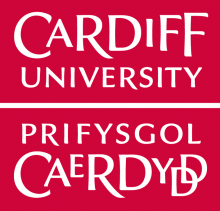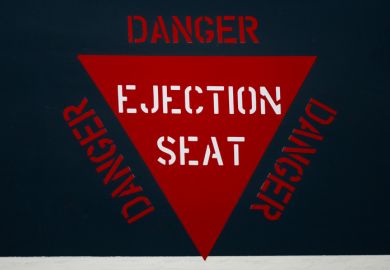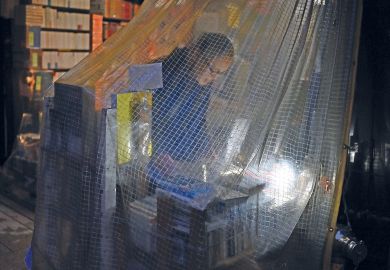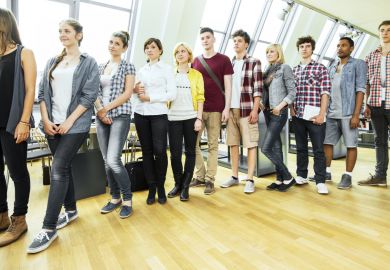
As internationalisation strategies go, the move by Glasgow Caledonian University to open a branch campus in New York – where higher education is already pretty well provided for – may have raised some eyebrows when it was announced. It now transpires that, two years later, the site still has no degree students despite the university reportedly spending £5.6 million on its development. According to a BBC report on 28 October, Glasgow Caledonian’s application to the New York authorities for a licence to teach and award degrees has yet to be approved, prompting one Scottish Labour politician to brand the campus “a very expensive white elephant”. The university’s deputy vice-chancellor, James Miller, told the BBC that he was “confident” that degree-awarding status would be granted soon by the New York state education department, although it appears to have come too late for postgraduate courses that were due to start this autumn.
The pledge by more than 300 UK academics to boycott Israeli academic institutions – although not individual researchers – in protest at “intolerable human rights violations” against Palestinians was always going to prompt heated debate. Among those taking to the comment columns to criticise the scholars was broadcaster and progressive rabbi Laura Janner-Klausner, who wrote in The Daily Telegraph on 28 October that the approach was little different in mentality from that of Israeli prime minister Benjamin Netanyahu in creating “fear and division” rather than a platform for dialogue. “The Israeli Right thrives on the ‘world versus the Jews’ dichotomy that boycotts construct. The academics will only add fuel to the fire instead of promoting a strategy that is deft and sensitive,” she wrote.
After an all-Antipodean rugby union world cup final ended with victory for New Zealand, there is just one more score to settle: which country has the best accent. However, according to one Australian academic, his fellow countrymen and women have a long way to go. Dean Frenkel, a public speaking and communication lecturer at Victoria University in Melbourne, caused a global stir by asserting in a comment piece in The Age that the famous Aussie accent has its origins in early settlers getting drunk together. “For the past two centuries, from generation to generation, drunken Aussie-speak continues to be taught by sober parents to their children,” he said, calling for Australians to improve their timbre as it was “no longer acceptable to be smarter than we sound”. He offered no explanation for why the Kiwi accent differs in its distinctive way, so one can only assume that early settlers there were really plastered.
Accusations of a “ringer” in the opposition’s team often abound in student sport when one player is so good that they would seem more at home in a Barcelona XI or All Blacks XV. The thought will surely occur to some of the undergraduate rugby players lining up against the University of Cambridge this season after its new inside centre was revealed to be Jamie Roberts – the fearsome Wales and British Lions veteran. Roberts – known as one of the game’s most destructive runners – will represent the Light Blues while taking a two-year, part-time master’s in surgery, having qualified as a doctor from Cardiff University in 2013, WalesOnline reported on 31 October. The 17-and-a-half stone centre will also play professionally for Harlequins and Wales in addition to turning out for Cambridge in next month’s Varsity Match against arch-rivals Oxford. More used to crashing into bruisers such as Ma’a Nonu and Mathieu Bastareaud, it is unsurprising to hear that Roberts made some “telling contributions” in training, reported Cambridge team-mate Fraser Gillies.
Scientists have created the first sonic tractor beam able to control an object using acoustic waves, the Independent reported on 27 October. That object is just a 4mm-wide polystyrene ball, rather than an entire spaceship like in Star Trek, but more adventurous uses could be possible, according to the beam’s inventors. The technique could be used for the “levitation of living things”, say researchers at the universities of Bristol and Sussex. Levitating larger and heavier objects should be possible using lower frequencies – the downside is that the sound of the beam’s operation would become much louder, they add. The more immediate use of the beam is likely to be in surgical procedures; it might be used to manipulate objects inside the human body without the need for invasive medical procedures, the newspaper reported.
Register to continue
Why register?
- Registration is free and only takes a moment
- Once registered, you can read 3 articles a month
- Sign up for our newsletter
Subscribe
Or subscribe for unlimited access to:
- Unlimited access to news, views, insights & reviews
- Digital editions
- Digital access to THE’s university and college rankings analysis
Already registered or a current subscriber? Login







